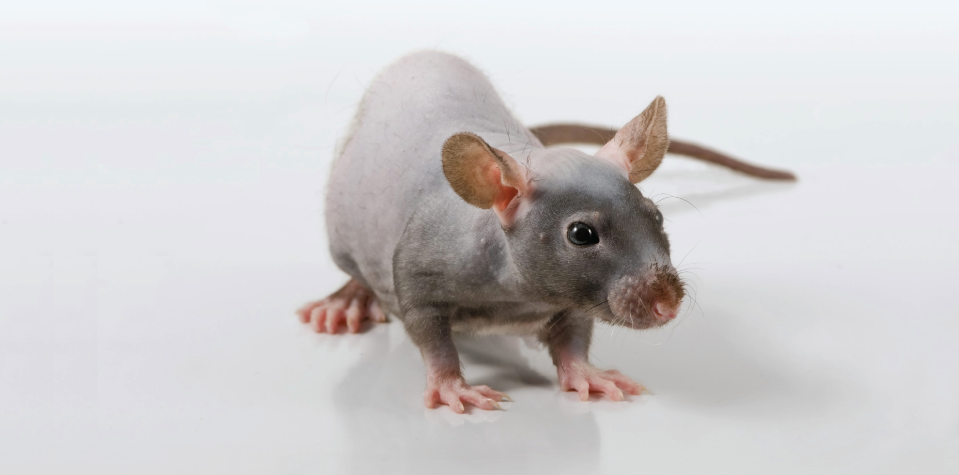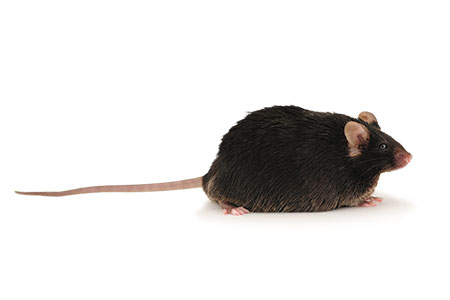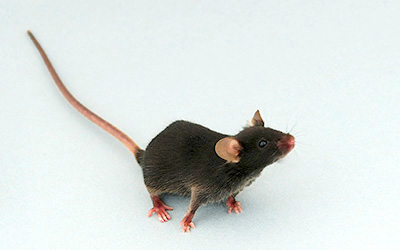About the webinar:
Ensuring the genetic integrity of rodent breeding colonies is critical to maintaining the quality of your preclinical research. A robust breeding program incorporating best husbandry practices, colony refreshment strategies, and monitoring techniques is essential to prevent strain contamination, genetic drift, and expression changes that could compromise critical studies.
In part one of this webinar series, Dr. Bart Smits introduces foundational concepts in colony management, including background strain and substrain, and strain containment. Get a deeper understanding of genetic drift as it applies to both inbred and outbred lines, generation number, and pedigree. Discover how you can use cryopreservation and line refreshes to stop the clock on genetic changes.
Dr. Smits uncovers strategies to identify and mitigate genetic risk, including key husbandry practices to safeguard genetic quality. Watch this webinar to get expert insight into how to set up pyramid breeding plans for inbred strains and rotational breeding plans for outbred stocks, and why that is important for maintaining genetic integrity.
Watch this webinar to learn about:
- How background strain and substrain can impact the expressed phenotype of a mutation
- The reasons why you should always verify background strain upon receipt of a new line
- How to breed and maintain colonies of genetically engineered animal models with appropriate controls for genetic quality
- How genetic drift occurs, and how certain husbandry practices can either help prevent or exacerbate this problem
- The ways colony size and physical location can impact the genetic risk profile of a project
















.jpg)

.jpg)
.jpg)
.jpg)
.jpg)





.jpg)


.jpg)
.jpg)




.jpg)




.jpg)

.jpg)



